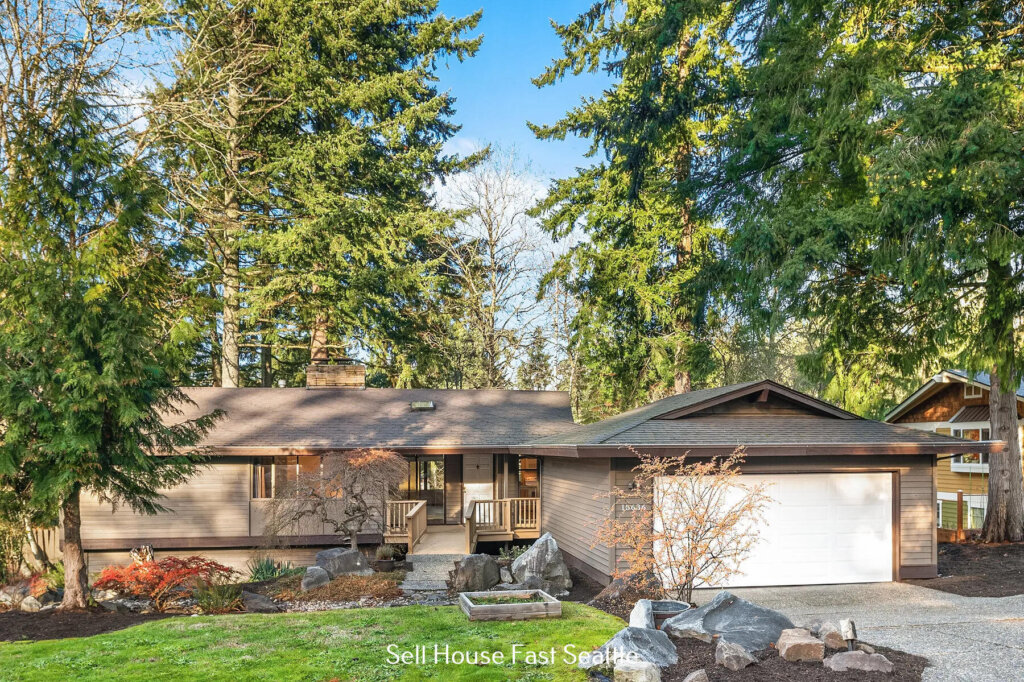Olympic Sculpture Park: A Seattle Gem
Nestled along the picturesque waterfront of Seattle, Washington, the Olympic Sculpture Park stands as a testament to the city’s commitment to art, nature, and community engagement. This 9-acre outdoor sculpture museum, managed by the Seattle Art Museum (SAM), seamlessly blends contemporary art installations with stunning Puget Sound and Olympic Mountains views. Learn more here.
Sculptures Amidst Nature
The Olympic Sculpture Park opened its doors to the public in 2007, expanding Seattle’s cultural landscape. Visitors are greeted by diverse sculptures, including works by renowned artists like Alexander Calder, Claes Oldenburg, and Louise Nevelson. The sculptures are strategically placed amidst native plantings, creating a harmonious interplay between art and nature. Learn more about Discovery Park: Seattle’s Natural Haven.

The Iconic “Eagle” and “Echo”
One of the park’s iconic sculptures is Alexander Calder’s “Eagle,” a massive red abstract structure that serves as a focal point against the backdrop of the Seattle skyline. Jaume Plensa’s “Echo is equally captivating,” a 46-foot tall, headless, and seated figure made of resin and marble dust. These sculptures, among others, contribute to the park’s reputation as a unique outdoor art destination.
Land Reclamation and Sustainability
The Olympic Sculpture Park is a visual delight and a testament to environmental stewardship. Built on a former industrial site, the park represents successful land reclamation. The designers integrated sustainable practices, incorporating a green roof, porous surfaces, and environmentally friendly landscaping, earning the park the Leadership in Energy and Environmental Design (LEED) Silver certification.
Free and Accessible to All
One of the park’s notable attributes is its commitment to accessibility. Admission is free, inviting locals and tourists to experience art without financial barriers. The park’s design includes ADA-compliant paths, ensuring that people of all abilities can enjoy the sculptures and the breathtaking views.
Cultural Events and Community Engagement
Beyond its role as a sculpture garden, the Olympic Sculpture Park serves as a cultural hub, hosting various events throughout the year. From outdoor yoga sessions to summer concerts and art installations, the park fosters community engagement and encourages a deeper connection between art and the public.
Conclusion
The Olympic Sculpture Park in Seattle is a shining example of how a city can seamlessly integrate art, nature, and sustainability. With its iconic sculptures, commitment to accessibility, and focus on community engagement, the park stands as a cultural beacon on the shores of Puget Sound, inviting visitors to explore the intersection of contemporary art and the natural beauty that defines the Emerald City.

